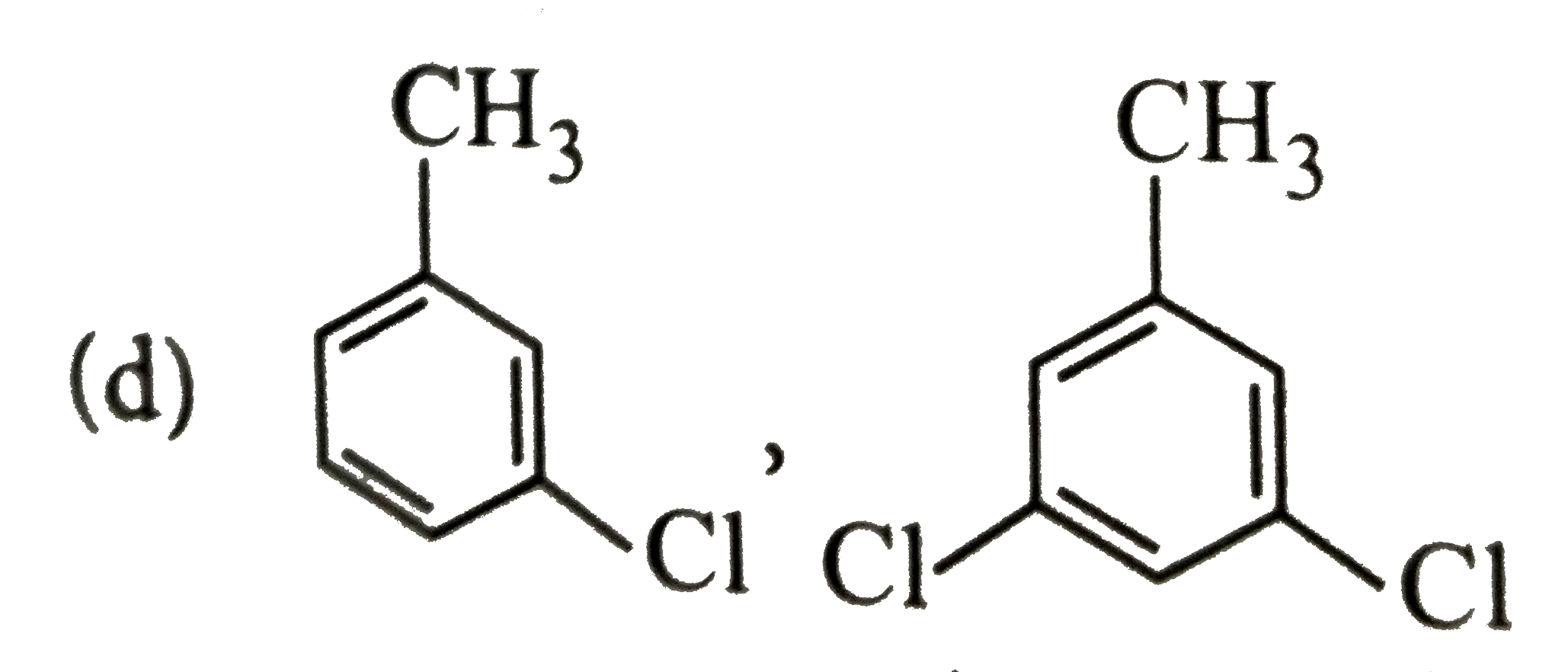A compound 'X', molecular formula C4H8Br2 on treatment with zinc in an alcoholic solution, forms an alkene Y. Compounds X and Y respectively are
1, 2-dibromobutane and but-2-ene
1, 3-dibromobutane and but-1-ene
1, 2-dibromobutane and but-1-ene
1, 4-dibromobutane and but-2-ene
The correct Answer is:C
To solve the problem, we need to identify the compound 'X' with the molecular formula C₄H₈Br₂ and determine the alkene 'Y' that is formed when it is treated with zinc in an alcoholic solution.
1. Identify Compound X:
- The molecular formula C₄H₈Br₂ suggests that the compound has four carbon atoms and two bromine atoms.
- A common structure for such a compound is 1,2-dibromobutane (1,2-di-bromo-butane), where the bromine atoms are attached to adjacent carbon atoms (vicinal dibromide).
2. Reaction with Zinc:
- When 1,2-dibromobutane is treated with zinc in an alcoholic solution, a dehalogenation reaction occurs. This means that the bromine atoms will be removed from the molecule.
- The removal of the two bromine atoms from the adjacent carbon atoms leads to the formation of a double bond between those two carbon atoms.
3. Formation of Alkene Y:
- The product formed after the removal of the bromine atoms is but-1-ene. This is because the double bond will form between the first and second carbon atoms, resulting in the structure CH₂=CH-CH₂-CH₃.
4. Final Identification:
- Therefore, the compounds X and Y can be identified as:
- Compound X: 1,2-dibromobutane (1,2-di-bromo-butane)
- Compound Y: But-1-ene
Conclusion:
The compounds X and Y respectively are:
- Compound X: 1,2-dibromobutane
- Compound Y: But-1-ene
- The molecular formula C₄H₈Br₂ suggests that the compound has four carbon atoms and two bromine atoms.
- A common structure for such a compound is 1,2-dibromobutane (1,2-di-bromo-butane), where the bromine atoms are attached to adjacent carbon atoms (vicinal dibromide).
- When 1,2-dibromobutane is treated with zinc in an alcoholic solution, a dehalogenation reaction occurs. This means that the bromine atoms will be removed from the molecule.
- The removal of the two bromine atoms from the adjacent carbon atoms leads to the formation of a double bond between those two carbon atoms.
- The product formed after the removal of the bromine atoms is but-1-ene. This is because the double bond will form between the first and second carbon atoms, resulting in the structure CH₂=CH-CH₂-CH₃.
- Therefore, the compounds X and Y can be identified as:
- Compound X: 1,2-dibromobutane (1,2-di-bromo-butane)
- Compound Y: But-1-ene
The compounds X and Y respectively are:
- Compound X: 1,2-dibromobutane
- Compound Y: But-1-ene
Topper's Solved these Questions
Similar Questions
An organic compound (A) of molecular formula C4H9Cl on treatment with alcoholic KOH solution gives 3 isomeric alkenes. The stble alkene among the three (B), was treated with aqueous Br2 solution which resulted in (C). (C) on treatment with NaOH liberated a gas with the formation of (D). (D) on treatment with CH3MgCl followed by hydrolysis gives (E). (E) on treatment with H+/HBr gave (F) and (F) on treatment with alcoholic solution of NaOH gave (G). if (G) can't show geometrical isomerism identify the structures of (A) to (G).
View SolutionAn optically inactive compound [A] of mollecular formula C4H11N on treatement with nitrous acid gives an alcohol [B] which on heating with excess of concentrated sulphuric acid at 440 K gives an alkene [C]. The alkene [C] on treatment with HBr gives an optical compound [D] of molecular formula C4H8Br. Identify [A], [B], [C] and [D].
View Solution
Knowledge Check
Compound 'X' of molecular formula C4H10O on treatment wit Lucas reagent at room temperature gives compound 'Y'. When compound 'Y' is heated with alcoholic KOH, it gives isobutene. Compound 'X' and 'Y' are respectively.
A2-Methyl-2-propanol and 2-Methyl-2-chloropropaneB2-Methyl-1-propanol and 1-Chloro-2-methylpropaneC2-Methyl-1-propanol and 2-Methyl-2-chloropropaneDButane-2-ol and 2-ChlorobutaneCompound 'A' of molecular formula C4H10O on treatment with Lucas reagent at room temperature gives compound 'B'. When compound 'B' is heated with alcoholic KOH, it gives isobutan. Compound 'A' and 'B' are respectively :
A2-methyl-2-propanol and 2-methyl-2-chloropropaneB2-methyl-1-propanol and 1-chloro-2-methylpropaneC2-methyl-1-propanol and 2-methyl-2-chloropropaneDbutan-2-ol and 2-chlorobutaneA compound X with molecular formula C7H8 is treated with Cl2 in presence of FeCl3. Which of the following compounds are formed during the reaction?
A B
B C
C D
D
An aromatic compound A on heating with Br, and KOH forms a compound B of molecular formula CHN which on reacting with CHCI and alcoholic KOH produces a foul smelling compound C. Write the structures and IUPAC names of compounds A, B and C.
View SolutionAn organic compound X having molecular formula C4H11N reacts with p-toluene sulphonyl chloride to form a compound Ythat is soluble in aqueous KOH. Compound X is optically active and reacts with acetyl chloride to form compound Z. Identify the compound Z.
View SolutionCompound 'A' of molecula formula C4H10O on treatment with Lucas reagent at room temperature gives compound 'B'. When compound 'B' is heated with alcoholic KOH, it gives isobutene. Compound 'A' annd 'B' are respectively
View SolutionA compound X with molecular formula C3H8O can be oxidised to a compound Y with the moleculr formula C3H6O2, X is most likely to be -
View SolutionCompound (X) of molecular formula C4H8 takes up one equivalent of hydrogen in presence of Pt to form another compound (Y),(X) on ozonolysis gives acetaldehyde as the only product. Compound (X) is
View Solution
